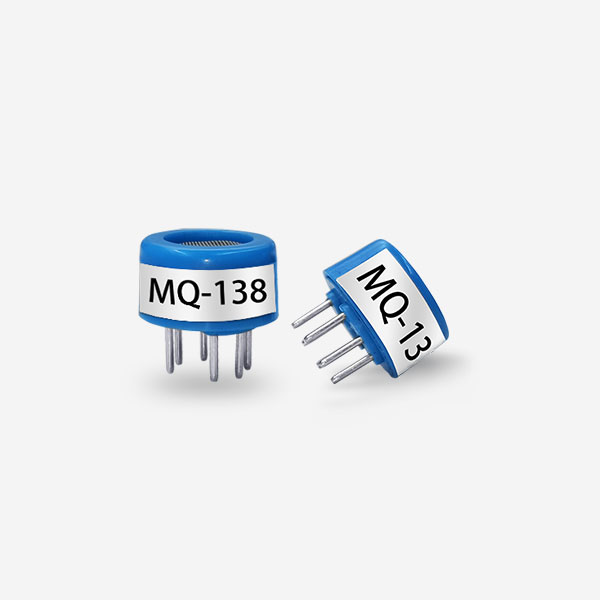In today's technologically advanced world, semiconductor sensors have become an integral part of various industries and applications. From monitoring environmental conditions to measuring physical properties, semiconductor sensors play a crucial role in collecting and analyzing data. In this article, we will explore what a semiconductor sensor is, how it works, and its applications in different fields.

A semiconductor sensor is a device that utilizes the electrical properties of semiconductors to measure and detect various physical phenomena. Semiconductors are materials that have electrical conductivity between that of metals and insulators. They are commonly made from materials such as silicon, germanium, and gallium arsenide.
The basic principle behind a semiconductor sensor is the variation of electrical properties of the semiconductor material with changes in the surrounding physical environment. These changes can be in the form of temperature, pressure, humidity, or the presence of specific gases.
One of the most common types of semiconductor sensors is the temperature sensor. It utilizes the temperature-dependent resistance of the semiconductor material to measure changes in temperature. As the temperature increases, the resistance of the semiconductor material decreases, and vice versa. By measuring the resistance, the temperature sensor can provide an accurate measurement of the ambient temperature.
Another widely used semiconductor sensor is the pressure sensor. It operates on the principle of the piezoresistive effect, which refers to the change in resistance of a material when subjected to mechanical strain. When pressure is applied to the sensor, the semiconductor material deforms, causing a change in its resistance. This change in resistance can then be measured and correlated to the applied pressure.
Humidity sensors, on the other hand, rely on the hygroscopic properties of the semiconductor material to measure the moisture content in the environment. The moisture causes a change in the electrical conductivity of the material, which is then used to calculate the relative humidity.
Gas sensors are another important application of semiconductor sensors. They can detect the presence and concentration of specific gases in the atmosphere. Gas sensors typically consist of a semiconductor material that undergoes chemical reactions when exposed to the target gas. These reactions lead to a change in the electrical properties of the material, which is then measured to determine the gas concentration.
The applications of semiconductor sensors are vast and diverse. In the automotive industry, they are used for engine control systems, airbag deployment, and tire pressure monitoring. In environmental monitoring, semiconductor sensors are used to measure air quality, detect pollutants, and monitor greenhouse gas emissions.
The healthcare industry also relies heavily on semiconductor sensors. They are used in medical devices such as blood glucose meters, pulse oximeters, and respiratory monitors. Semiconductor sensors enable accurate and reliable measurements of vital signs and other physiological parameters.
Semiconductor sensors also find applications in industrial automation, consumer electronics, and energy management systems. They are used in smart home devices, wearable technology, and energy-efficient lighting systems.

In conclusion, semiconductor sensors are versatile devices that utilize the electrical properties of semiconductors to measure and detect various physical phenomena. They play a crucial role in collecting data and providing valuable insights in a wide range of applications and industries. From temperature and pressure sensors to humidity and gas sensors, semiconductor sensors are vital tools that enable accurate measurements and enhance our understanding of the physical world. As technology continues to advance, we can expect to see even more innovative applications of semiconductor sensors in the future.
 : +86 155 8830 2704
: +86 155 8830 2704 : jxdziot@gmail.com
: jxdziot@gmail.com
